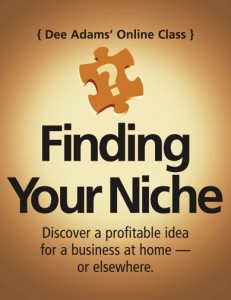
-
Selected Notes: 2012 How American Educational System Fails Students Countless numbers of young people and adults receive virtually no useful guidance in assessing their skills and talents in the current American educational system. In middle grades and high school, the ratio of 1 counselor for 500 students is not uncommon.
Furthermore, many of the counselors lack the training to provide expert career guidance, according to a report by the Harvard School of Education. In community colleges, the student counselor ratio is even worse; estimated at 1000 to 1. Many students are frustrated by an educational system that they find irrelevant…with barriers that include weak or nonexistent career counseling. Consider: not only do nearly half of all high school students drop out of school in the U.S., but of those who go to college, nearly half leave without a degree,” according to the Harvard School of Education in their 2011 report.
“In good school districts, usually suburban ones…there will be a small percentage of very talented students at the top and a small percentage of the bottom showing little academic talent. But most of the students will be clustered toward the middle. Those in the middle will be a product not of talent, but of training, they will become solid citizens, and their educational abilities…no matter how limited will be enough for them to survive.
On the other hand, if you look at the worst schools in our …system…where no teaching or learning goes on, you will find a surprising 20 percent of the students score well on tests, that they progress fairly well in the educational system, and that they succeed at a level comparable to the 80 percent in the suburban schools. Teaching takes place in neither system…. Those with natural talent will survive while others are thrown to the wolves. The [educational] system ruins the lives of 80 percent of the people who go through them,” according to John T. Malloy in Live for Success.
Malloy based his research on the book using interviews, conversations, and observations of more than 10,000 American businessmen and women in the 1980s. However, the findings are as accurate in the 21st century as several decades earlier. Today, dedicated teachers, professors, and others in the field of education are working to improve and bring innovation to the system. But, overall the institution is antiquated, biased, and improving at glacial speed. Self-employment is an attractive alternative for many people with dreams and aspirations, but a lack of knowledge about how to think critically during the self-evaluation process hampers the ability to choose wisely, whether it’s a traditional or entrepreneurial career goal.
In many other countries like Japan, Norway, Finland, and Denmark, they place considerable importance on career counseling. Career counseling is formally scheduled into the school day in nearly all secondary schools. Those countries focus not only on preparing students for four-year colleges but for vocational school as well, based on their skills, aptitudes, and interests.
References
Harvard Pathways to Prosperity Pdf
https://www.gse.harvard.edu/sites/default/files/documents/Pathways_to_Prosperity_Feb2011-1.pdf
John Molloy Amazon.com
http://www.amazon.com/Molloys-Live-Success-John-Molloy/dp/0688004121
Views: 94